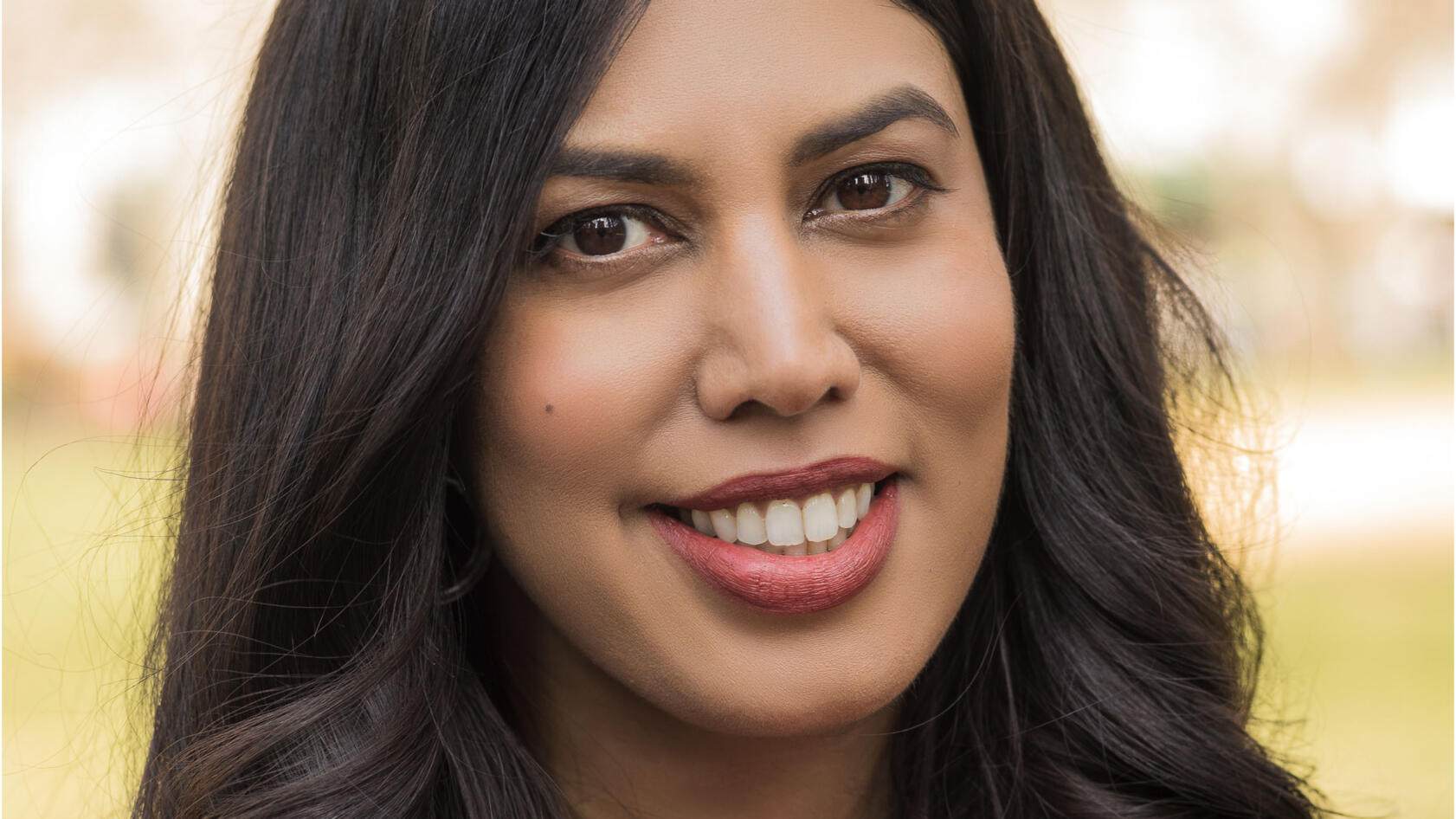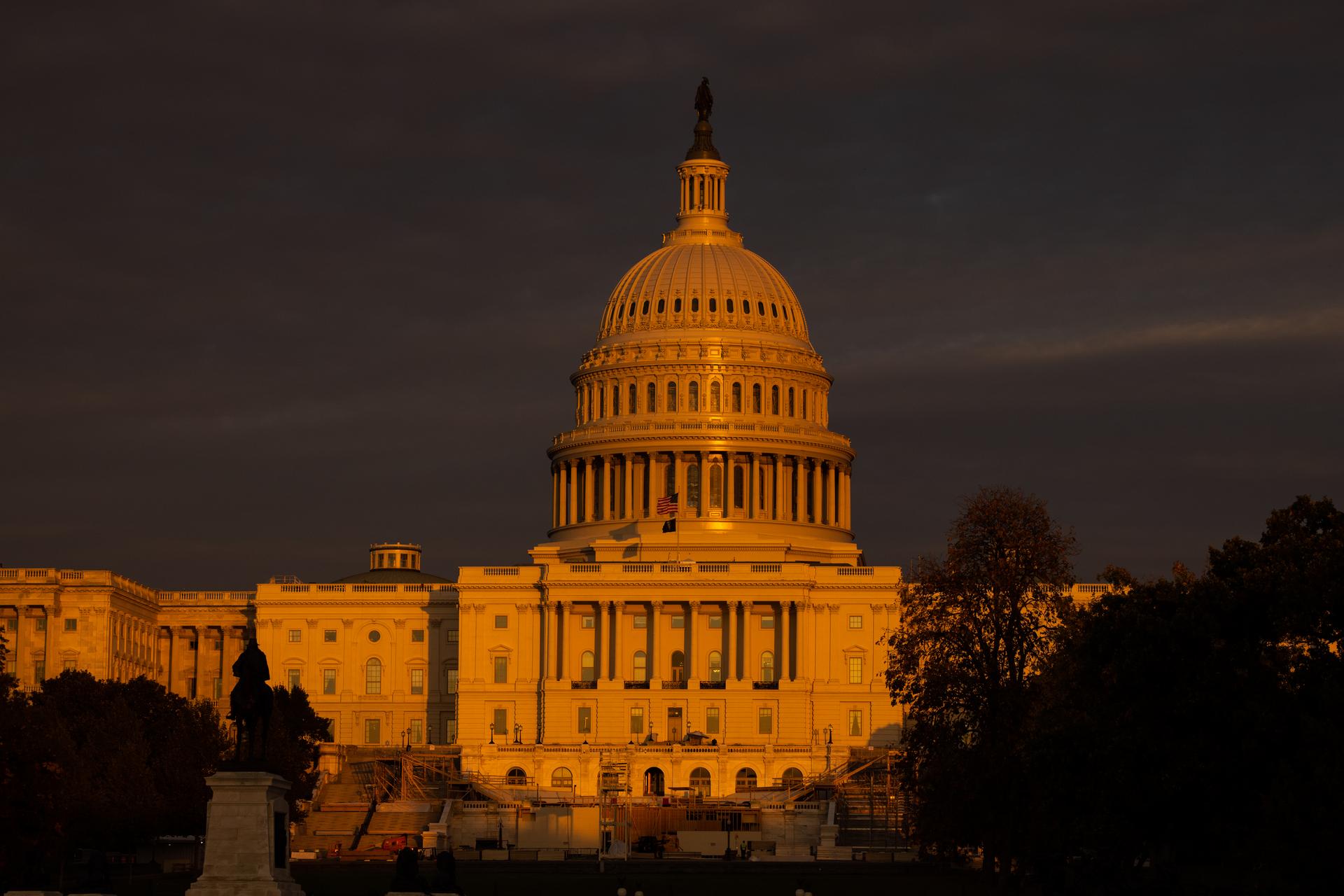With online interactions at the center of daily life for many during the COVID-19 pandemic, it can be hard to remember that the internet was once a fringe space. But for Nabiha Syed, a Knight Fellow at the George Washington University Institute for Data, Democracy and Politics (IDDP), it’s important to emphasize how meteorically the internet has risen to become a primary shaper of political, social and economic reality, and just how recently conversations about its impact have become mainstream.
“The internet drives how information about our reality is disseminated. We take for granted that we’ve watched all of this unfold in the last decade or so,” she said.
With that swift evolution in mind, Syed said, the future of the “digital public square” is wide open—and possibilities must exist for it to create a healthier democracy.
Syed is president of The Markup, a nonprofit newsroom that investigates and quantifies the ways powerful actors use technology to shape society. As former vice president and general counsel at content powerhouse BuzzFeed, she is no stranger to the online ecosystem. At IDDP, she’s working on the 2121 Project, now in its early stages, which will draw together policymakers, activists, journalists and other thinkers to brainstorm about what our technology-enabled world can and should look like in the future.
“We spend a lot of time critiquing what is not working today, as we should. But that has to inform our future in an affirmative way. We have to use those critiques to power a vision of what we affirmatively want in 100 years,” she said. “As a lawyer, I’m so used to navigating systems that have been built already, on behalf of my clients. But what does it look like to build a better system? That’s why I want to help create this community space for thinkers to interrogate what we want, what our values are, what realities we need to take into account and how we can approach [public democracy] from a design perspective.”
Part of that brainstorming, she said, will be coming up with other useful metaphors for the future of the digital public space besides the “marketplace of ideas.” The implication of that metaphor—that people are rational actors who will naturally choose the least harmful products with the most integrity—doesn’t stand up in a society where 15 percent of Americans agree with a tenet of the online misinformation movement QAnon that “the government, media and financial worlds in the U.S. are controlled by a group of Satan-worshipping pedophiles.”
“We have told ourselves a story in political and legal circles for the last 100 years: that people, when merely presented with the right information, will make the rational choice,” Syed said. “We construct entire systems of reality based this idea that humans act rationally when faced with economic or political or social decisions. But what we are realizing is that that is not always true. What we see, then, is a collision of the stories we tell ourselves with the reality of how we actually are.”
Part of the issue is that humans are naturally drawn to compelling narrative rather than dry quantitative analysis, Syed said. Even in journalism, providing too much context can feel like interrupting the story. Syed said early coverage of the internet’s rise to centrality, and of the antidemocratic actors it enables, fell into that anecdotal trap. Anecdotes aren’t necessarily a bad thing, she said. They’re just limited. “Journalists and researchers may operate on different time horizons, but we need both for knowledge production—especially about the internet and how it works.”
If a story is compelling, it may “feel” true. Even if it doesn’t feel true after one hearing, a listener who hears it enough times is more likely than not to begin to believe it. That’s just the way our brains work, Syed said, and it’s what makes repetition of memes on social platforms so powerful: “Familiarity operates as a proxy for truth.” When picking up ideas, humans may not be browsers in a marketplace so much as diners at a restaurant—one where we can’t leave, we can’t always choose what food we’re served, and we don’t know all the chefs. If we keep receiving the potato chips, we may assume they’re the best thing on the menu.
It’s an imperfect metaphor—and it’s this writer’s, not Syed’s—but coming up with better ones is part of the importance of the 2121 Project. What do we want the space that shapes our political reality to feel like? How can we expand our imaginations to create something more useful than the bad restaurant or the marketplace of undifferentiated information, some of it poisonous?
To Syed, IDDP is the perfect place to ask those questions—not just to critique past missteps, but to ask what we affirmatively want the future of online democracy to be.
“What’s special about IDDP is that it’s not only interdisciplinary, it’s taking a long horizon: What are we going to see unfold in several decades time? How are we building towards that future today? And how can we understand that we’re in phase one of something—that there will be a phase two and a phase three? We need to build the networks and the knowledge-based approach to the future as it comes to us faster than any of us expected.”
The best metaphor for the future might be a relay race, Syed said. “Maybe we’re passing information and knowledge to one another to move towards liberation, to move towards justice, to move towards democracy.”



